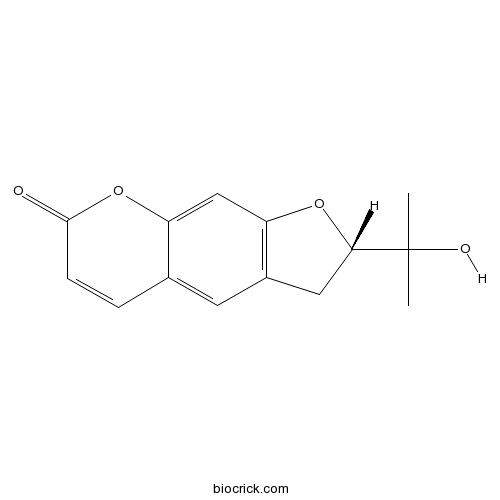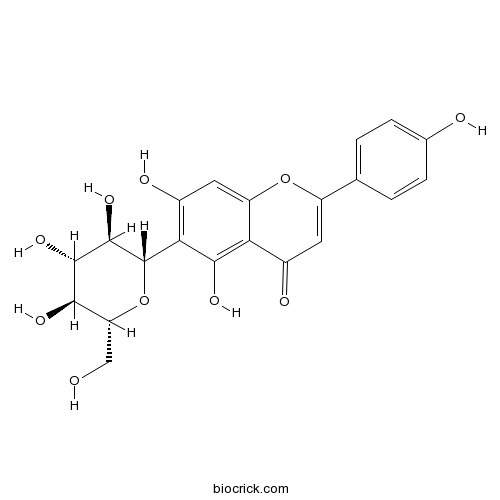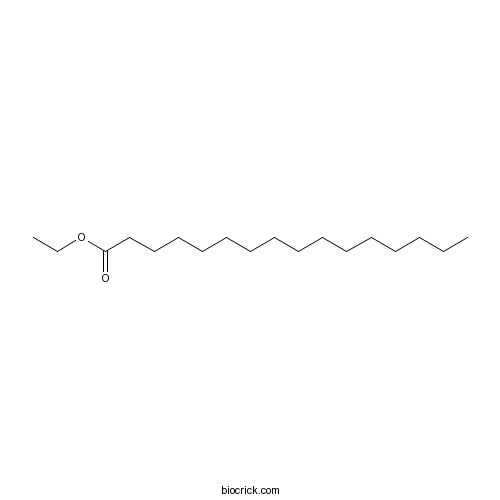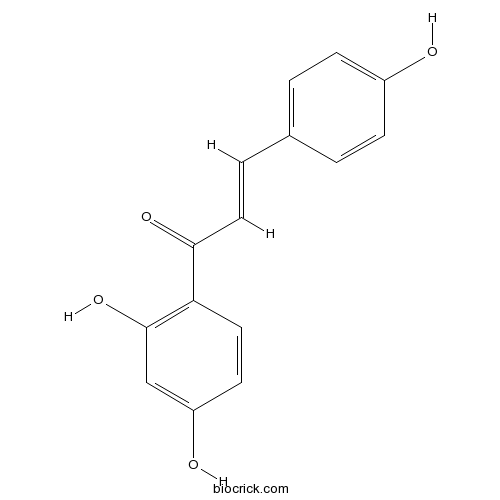Broussonetia papyrifera
Broussonetia papyrifera
1. The products in our compound library are selected from thousands of unique natural products; 2. It has the characteristics of diverse structure, diverse sources and wide coverage of activities; 3. Provide information on the activity of products from major journals, patents and research reports around the world, providing theoretical direction and research basis for further research and screening; 4. Free combination according to the type, source, target and disease of natural product; 5. The compound powder is placed in a covered tube and then discharged into a 10 x 10 cryostat; 6. Transport in ice pack or dry ice pack. Please store it at -20 °C as soon as possible after receiving the product, and use it as soon as possible after opening.
Natural products/compounds from Broussonetia papyrifera
- Cat.No. Product Name CAS Number COA
-
BCN8288
S-(+)-Marmesin13849-08-6
Instructions

-
BCN5441
Isovitexin38953-85-4
Instructions

-
BCN8298
Palmitic acid ethyl ester628-97-7
Instructions

-
BCN4512
Isoliquiritigenin961-29-5
Instructions

The inhibitory potential of Broussochalcone A for the human cytochrome P450 2J2 isoform and its anti-cancer effects via FOXO3 activation.[Pubmed: 29655687]
Broussonetia papyrifera (L.) Ventenat, a traditional medicinal herb, has been applied as a folk medicine to treat various diseases. Broussochalcone A (BCA), a chalcone compound isolated from the cortex of Broussonetia papyrifera (L.) Ventenat, exhibits several biological activities including potent anti-oxidant, antiplatelet, and cytotoxic effects.
Woody forages effect the intestinal bacteria diversity of golden pompano Trachinotus ovatus.[Pubmed: 29484505]
To understand the effect of woody forages on golden pompano (Trachinotus ovatus) intestinal bacteria diversity and exploit new aquafeed ingredients, the diets of Moringa oleifera Lam (MOL), Broussonetia papyrifera (BP), Neolamarckia cadamba (NC) and Folium mori (FM) formulated with 70% of reference (Ref) diet and 30% of the four woody plants leaves were fed to golden pompano with initial body weight of 34.4 ± 0.5 g for 56 days, respectively. Bacteria diversity of golden pompano intestine and tank water (W) samples were analyzed using high-throughput illumina sequencing and the result indicated that the dominate phyla of golden pompano intestine were Proteobacteria, Bacteroidetes, Firmicutes and Fusobacteria. Proteobacteria in BP was significantly higher than those in NC (P < 0.05). Firmicutes in NC were significantly higher than those in BP and FM (P < 0.05). At genera level, Lactobacillus in NC was significantly higher than those in BP, MOL and FM groups (P < 0.05). The PCoA and heat map analyses showed that the intestinal bacteria community of golden pompano fed with woody forages and Ref diet presented higher similarity and the bacteria community of golden pompano intestine were clearly distinguished from those of W. Phylogenetic investigation of communities by reconstruction of unobserved states showed that the intestinal bacteria dominant metabolism pathways of golden pompano fed with woody forages and Ref diet were biosynthesis of amino acids and carbon metabolism. Overall, the present study first successfully characterized the intestinal bacteria diversity of golden pompano.
Effect of Broussonetia papyrifera L. (paper mulberry) silage on dry matter intake, milk composition, antioxidant capacity and milk fatty acid profile in dairy cows.[Pubmed: 29381894]
This study was carried out to investigate the possible application of Broussonetia papyrifera (B. papyrifera) silage as a functional feeding stuff in dairy cattle.
Adsorption of cellobiohydrolases I onto lignin fractions from dilute acid pretreated Broussonetia papyrifera.[Pubmed: 28847086]
Broussonetia papyrifera, known as paper mulberry, is a potential feed stock for bioethanol production because of its cellulose-rich composition. Lignin in dilute acid pretreated Broussonetia papyrifera was fractionated to three different fractions, and their physiochemical properties were determined by FT-IR, GPC and NMR analyses. Different structural characteristics were observed from each lignin fraction. Cellobiohydrolases I (CBH) adsorption to each lignin was understood by the lignin properties. The results showed that aliphatic hydroxyl groups in lignin showed positive correlations with the maximum binding ability of CBH onto lignin samples. Also, the contents of phenolic compounds such as p-hydroxyphenyl benzoate (PB), syringyl (S) and guaiacyl (G) units in the lignin influenced their CBH binding.
Phylogeography of herbarium specimens of asexually propagated paper mulberry [Broussonetia papyrifera (L.) L'Hér. ex Vent. (Moraceae)] reveals genetic diversity across the Pacific.[Pubmed: 28633358]
Paper mulberry or Broussonetia papyrifera (L.) L'Hér. ex Vent. (Moraceae) is a dioecious species native to continental South-east Asia and East Asia, including Taiwan, that was introduced to the Pacific by pre-historic voyagers and transported intentionally and propagated asexually across the full range of Austronesian expansion from Taiwan to East Polynesia. The aim of this study was to gain insight into the dispersal of paper mulberry into Oceania through the genetic analysis of herbaria samples which represent a more complete coverage of the historical geographical range of the species in the Pacific before later introductions and local extinctions occurred.
Molecular recircumscription of Broussonetia (Moraceae) and the identity and taxonomic status of B. kaempferi var. australis.[Pubmed: 28510194]
Despite being a relatively small genus, the taxonomy of the paper mulberry genus Broussonetia remains problematic. Much of the controversy is related to the identity and taxonomic status of Broussonetia kaempferi var. australis, a name treated as a synonym in the floras of Taiwan and yet accepted in the floras of China. At the generic level, the monophyly of Corner (Gard Bull Singap 19:187-252, 1962)'s concept of Broussonetia has not been tested. In recent studies of Broussonetia of Japan, lectotypes of the genus were designated and three species (B. kaempferi, Broussonetia monoica, and Broussonetia papyrifera) and a hybrid (B. ×kazinoki) were recognized. Based on the revision and molecular phylogenetic analyses, this article aims to clarify these issues.
Evaluation of polyphenols from Broussonetia papyrifera as coronavirus protease inhibitors.[Pubmed: 28112000]
None


